Porsche Boxster, 1997-2017: The Difference 2 Decades Makes

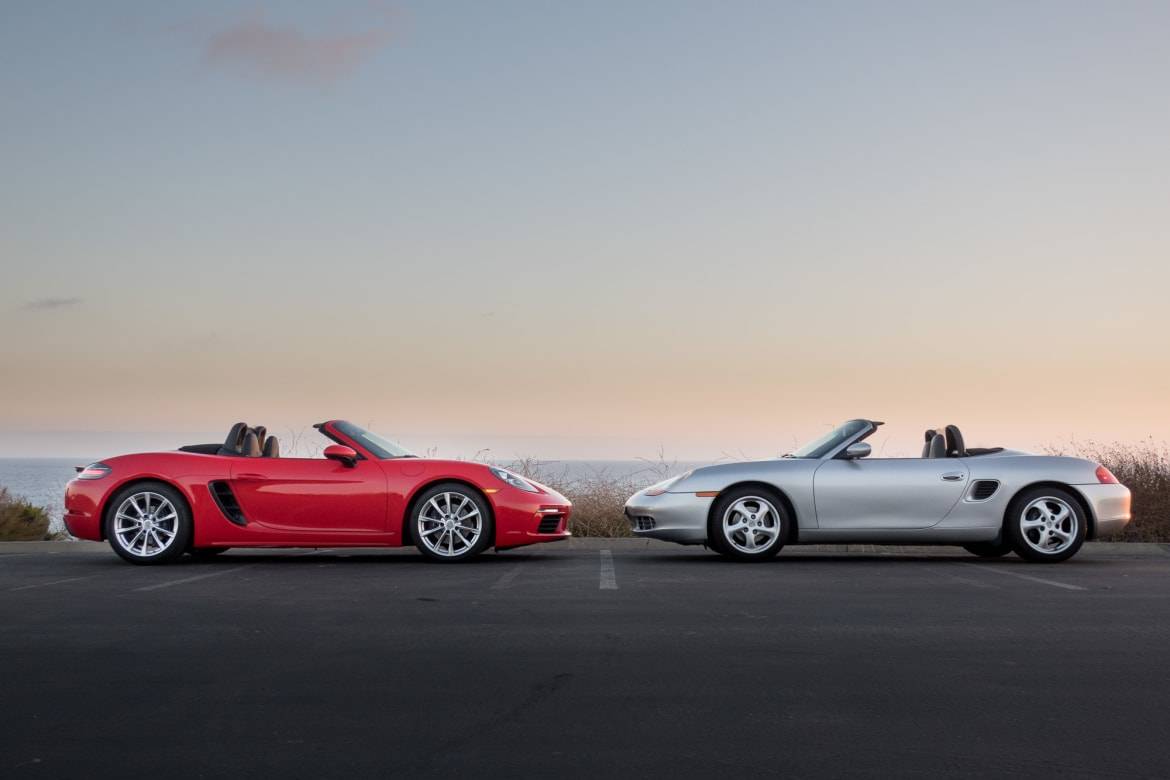
CARS.COM — Not only does the 2017 model year mean a full redesign for the Porsche 718 Boxster, it is also the 20th birthday for the mid-engine roadster. That gives us a chance to look back and see how it has changed over the past two decades.
Related: 2017 Porsche 718 Boxster and 718 Boxster S: First Look
Get 2018 Porsche 718 Boxster DetailsFind a 2018 Porsche 718 Boxster Near You
It’s not just the Porsche Boxster that was different back in 1997; Porsche was a very different company, as well. Today, Porsche is a full-fledged luxury car company selling not only sports cars like the Cayman, but also a pair of SUVs and a large touring sedan. In 1997, however, its portfolio comprised just two cars: the iconic 911 and the newly released Boxster after Porsche ended production on the front-engine 968 a year earlier.
Boxster Begins
The Boxster signaled a new direction for Porsche. The 968 was more of a touring car while the Boxster was designed to be more of a pure sports car in the vein of the 911. It used a flat six-cylinder engine like the 911, mounted in the middle of the car for superior balance and weight distribution. The Boxster was also the first Porsche to be designed as a roadster since the 550 Spyder in the 1950s, which was important for the car’s performance. If you design a car to not have a roof from the get-go as opposed to chopping the roof off a coupe, it means you can dial in the handling and suspension with that body style in mind.
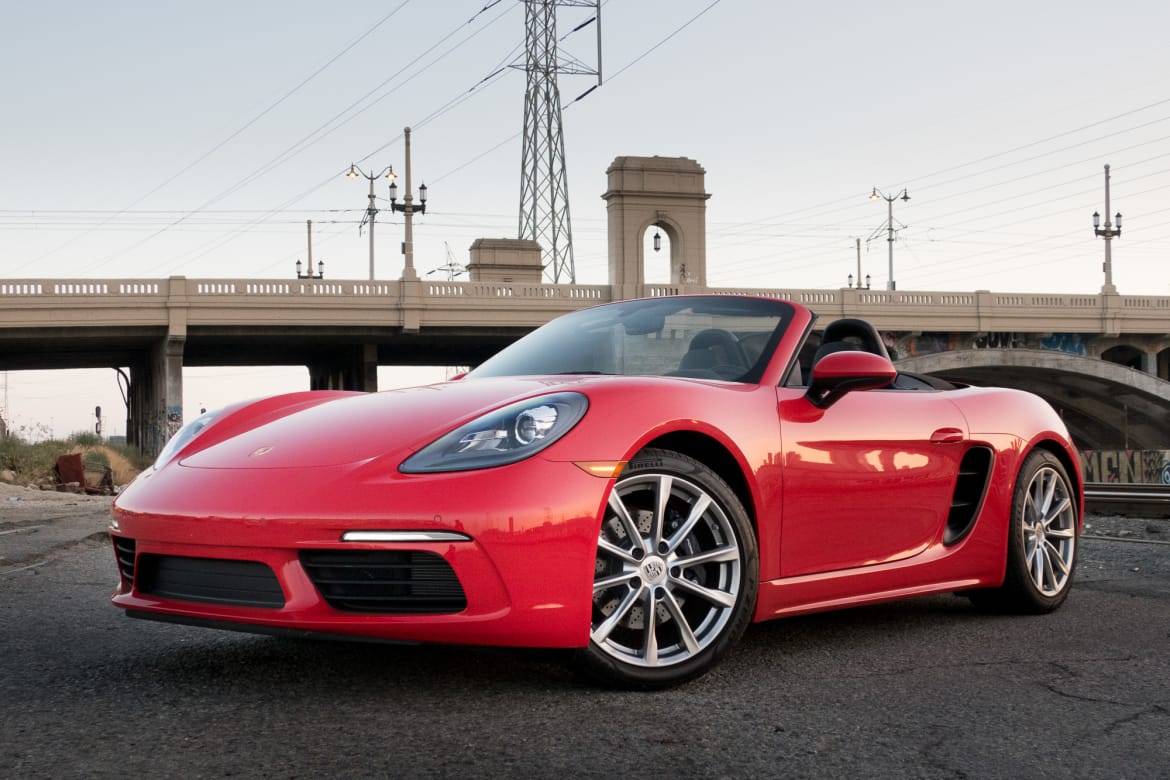
The new 2017 718 Boxster represents the sale of a fourth generation of the Boxster, and it comes with big changes that include saying goodbye to the traditional flat-six engine in favor of a turbocharged flat-four. Interestingly, the new 718 is the first road-going Porsche to use a four-cylinder engine since the 968. Porsche also told me that another reason for the downsizing was that the twin-turbo flat-six found in the new 911 wouldn’t fit in the rear engine compartment, so they had to drop cylinders.
The Family Car
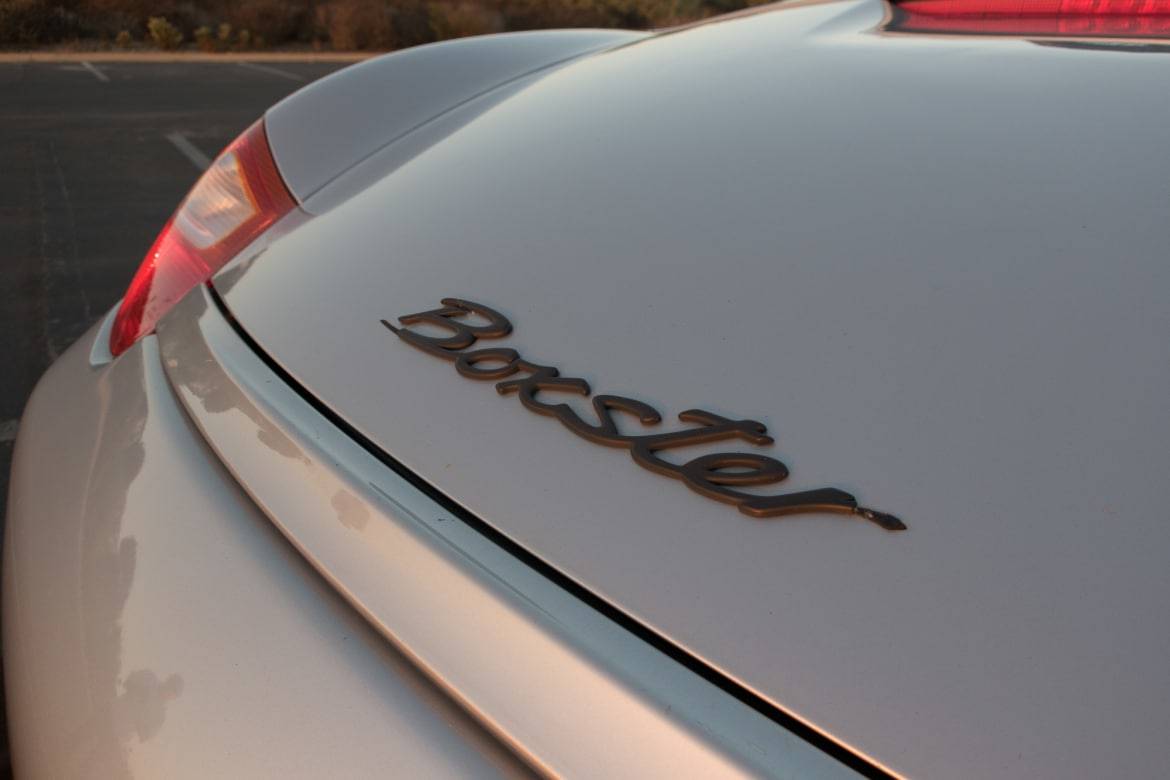
It just so happens that my father is the proud owner of a 1997 Porsche Boxster, designated the 986 generation, and I admit to being very fond of it. Our family acquired it from my old Sunday school teacher back in 2002, which in a happy coincidence happened to be the year I turned 16 and got my license. My dad would allow me to drive it to school on Fridays, and it also served as my noble steed to two proms. I even had my first kiss in it — mostly thanks to the car.
That also meant I had a chance to spend time in both vehicles to see how 20 years of evolution have sharpened the convertible.
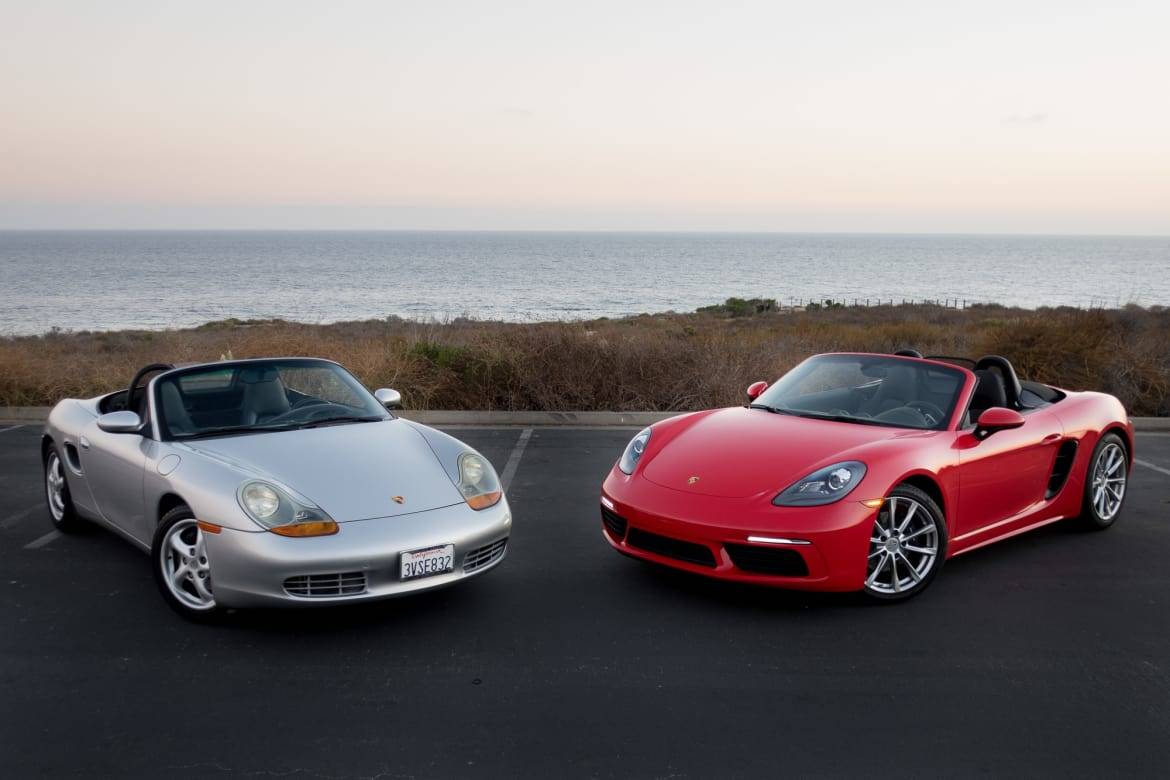
Here are the vitals for each car:
1997 Porsche Boxster
- Engine: 201-horsepower (at 6,000 rpm), 2.5-liter flat 6-cylinder; 181 pounds-feet of torque (at 4,500 rpm)
- Transmission: Five-speed manual or five-speed Tiptronic automatic
- Top speed: 149 mph (manual), 146 mph (automatic)
- Zero-to-60 mph: 6.7 seconds (manual), 7.4 seconds (automatic)
- Base Price: $40,745 (including a $765 destination fee)
- Price as tested: $49,091
2017 Porsche 718 Boxster
- Engine: 300-hp (at 6,500 rpm), twin-turbocharged 2.0-liter flat four-cylinder; 280 pounds-feet of torque (at 1,950-4,500 rpm)
- Transmission: Six-speed manual or seven-speed PDK automatic
- Top speed: 170 mph (both transmissions)
- Zero-to-60 mph: 4.9 seconds (manual), 4.7 seconds (automatic), 4.5 seconds (automatic with Sport Chrono Package)
- Base price: $58,450 (including a $1,050 destination fee)
- Price as tested: $73,125
The 2017 version of the Boxster obviously has more creature comforts and modern connectivity than the older car, but more interesting to me was the difference in how they drive and if there are elements of the Boxster’s DNA that have persisted throughout its existence.
Instant Recognition

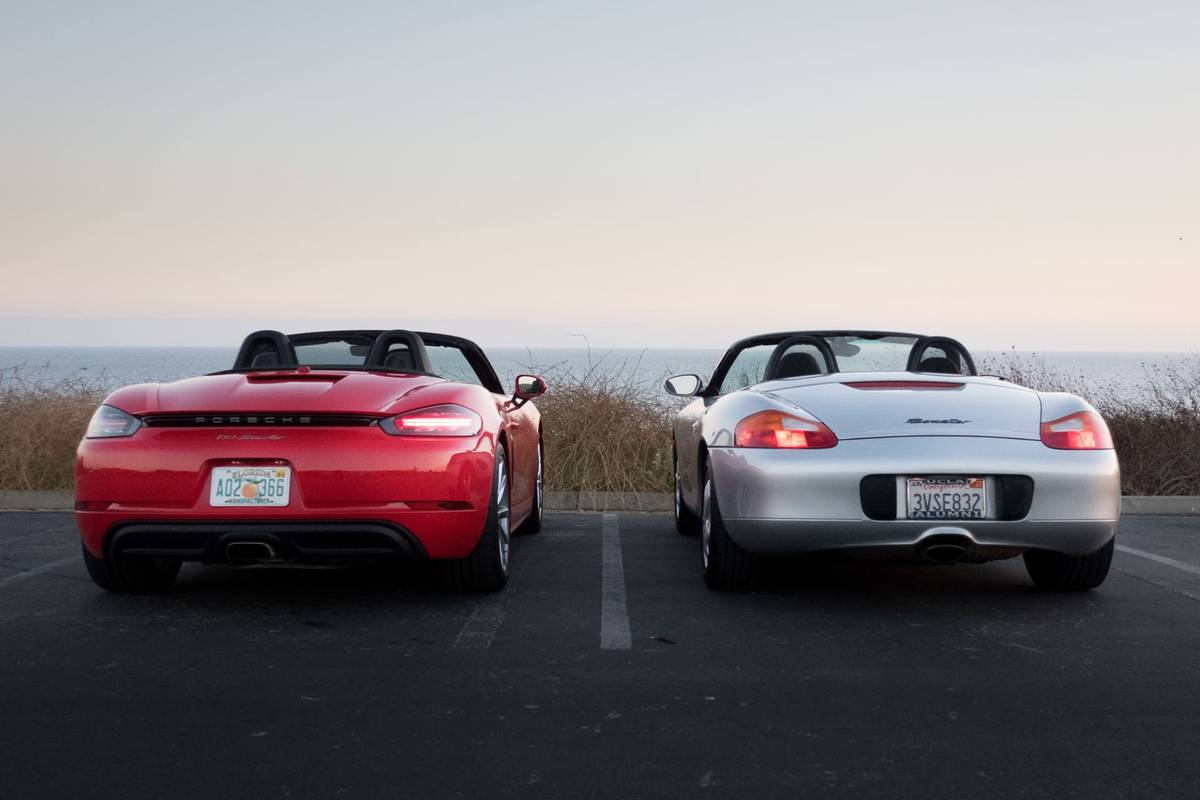

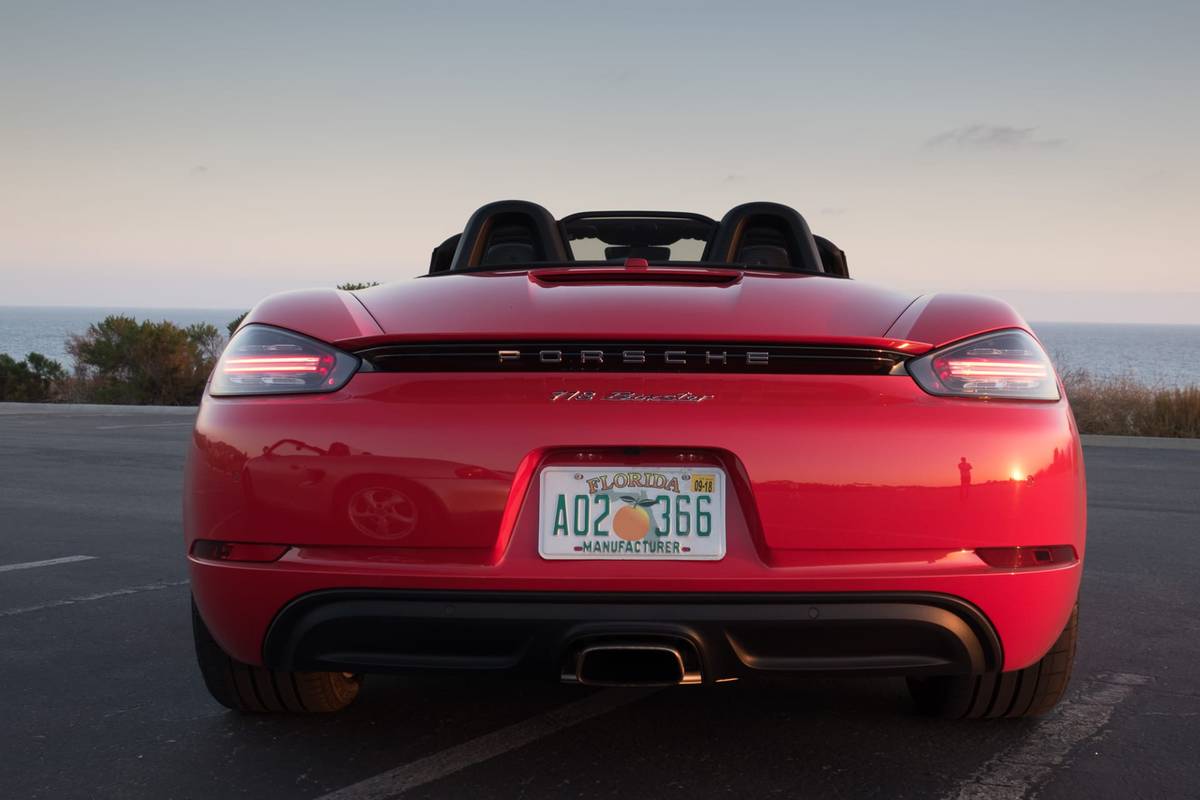
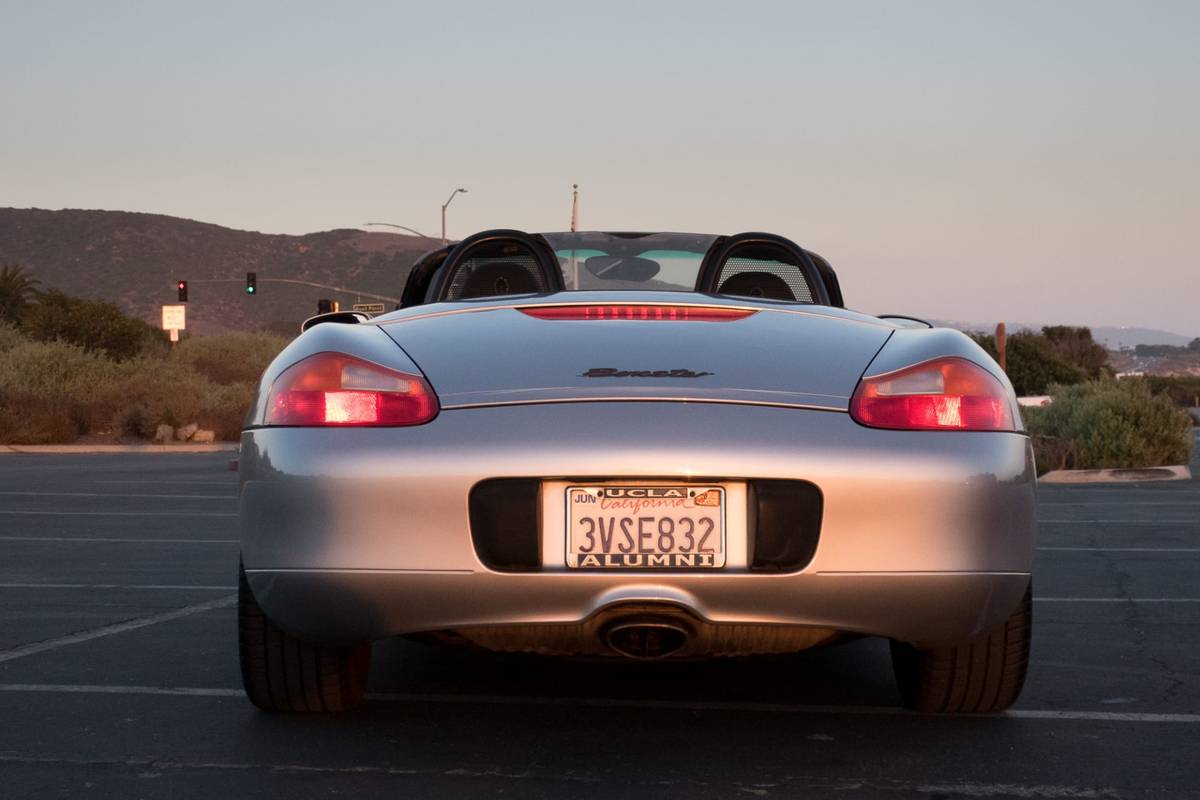
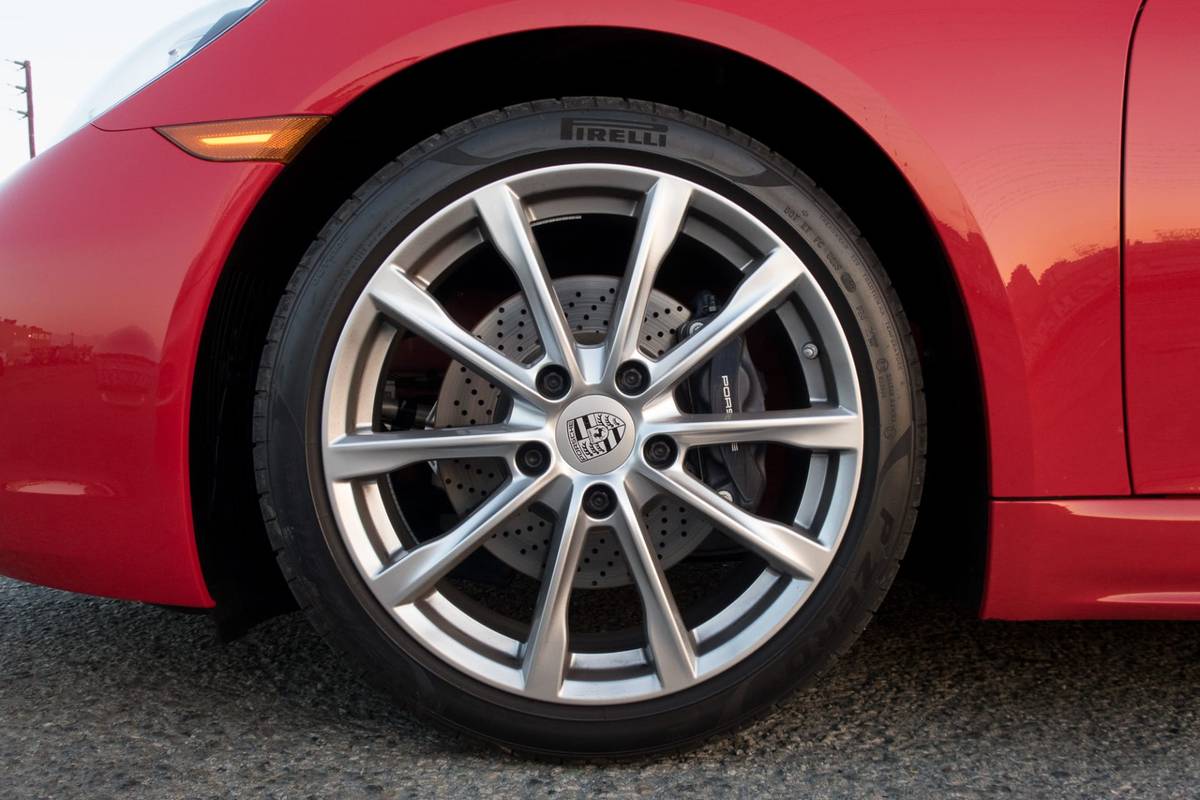
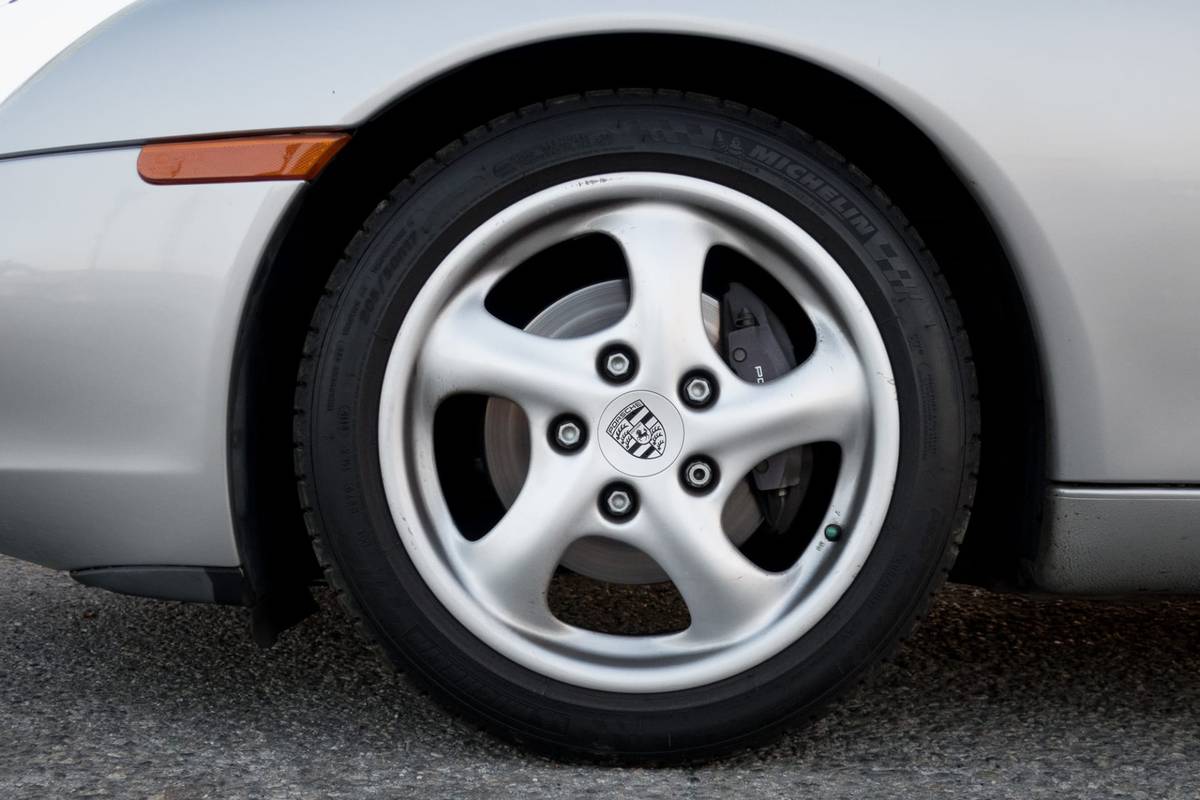
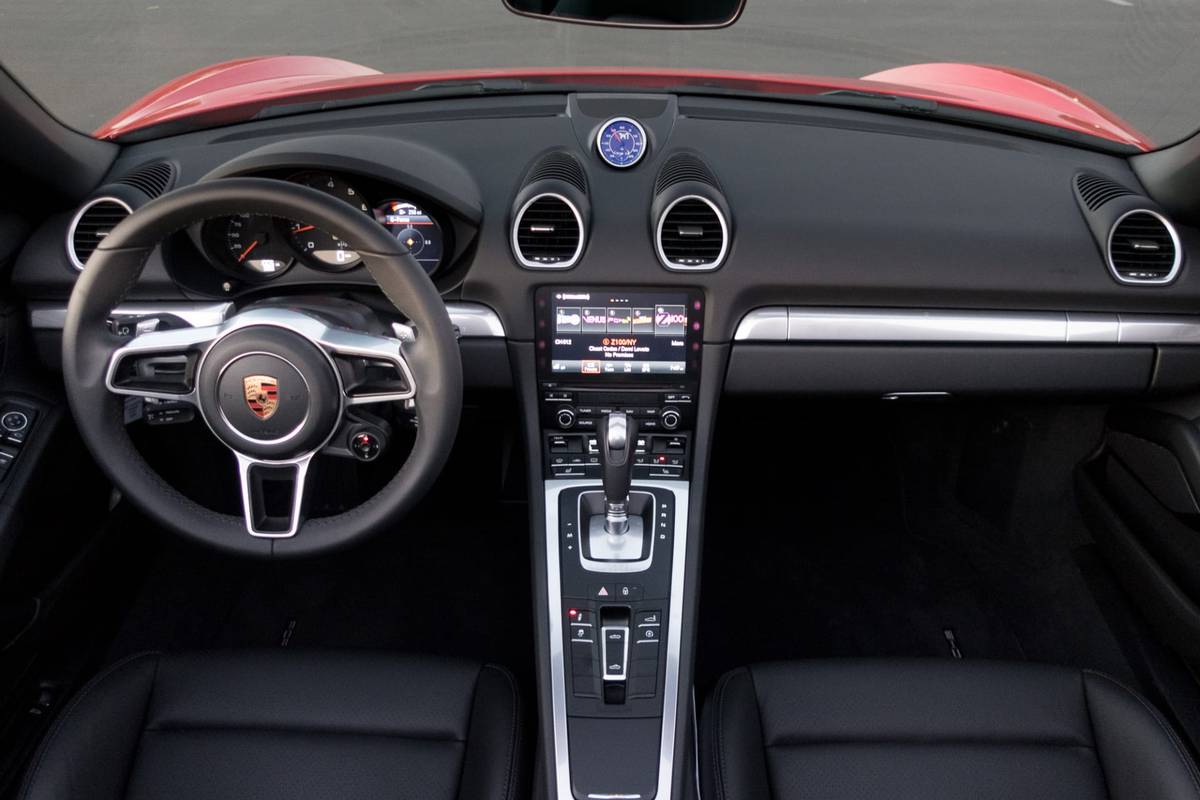
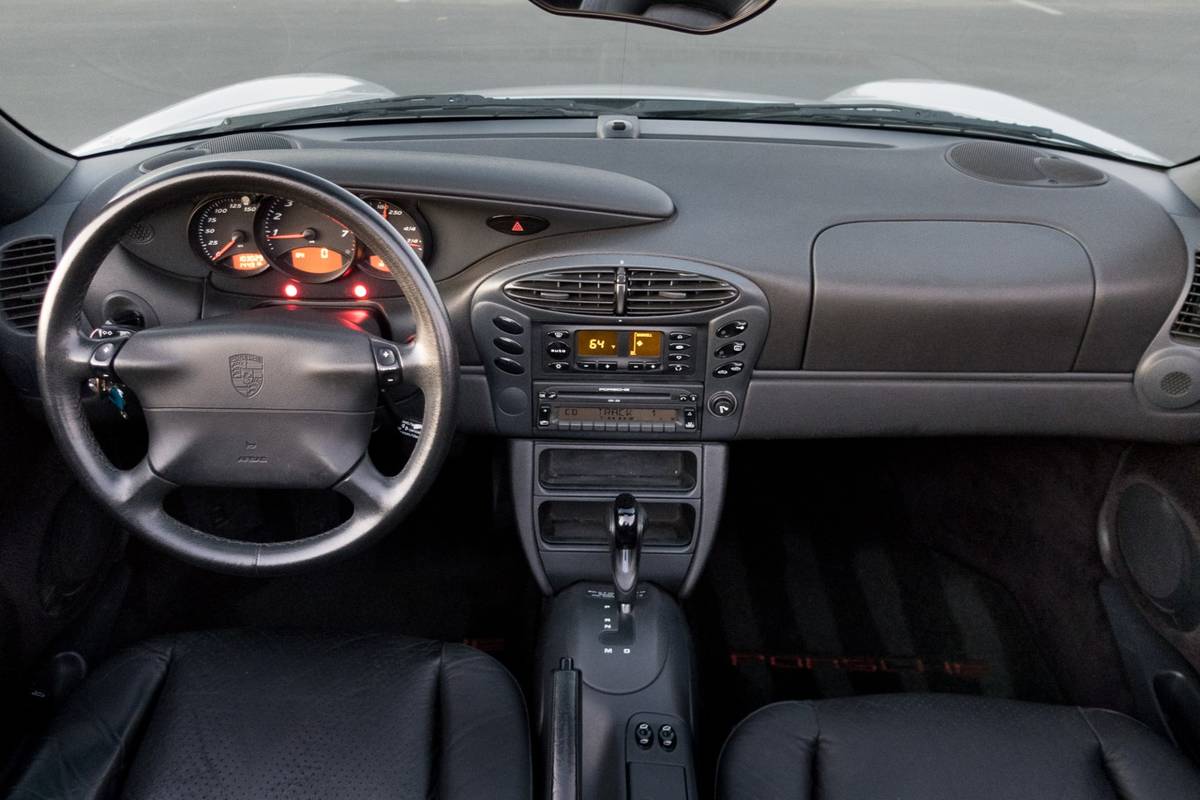
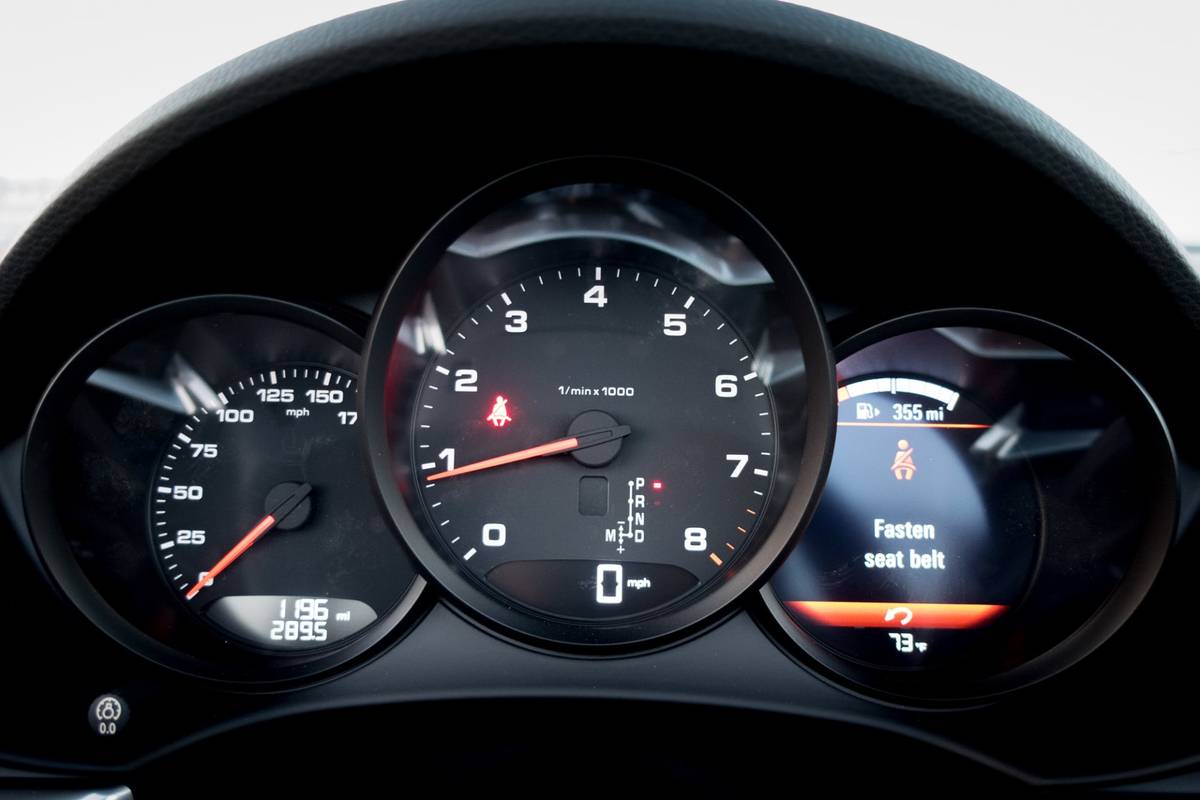
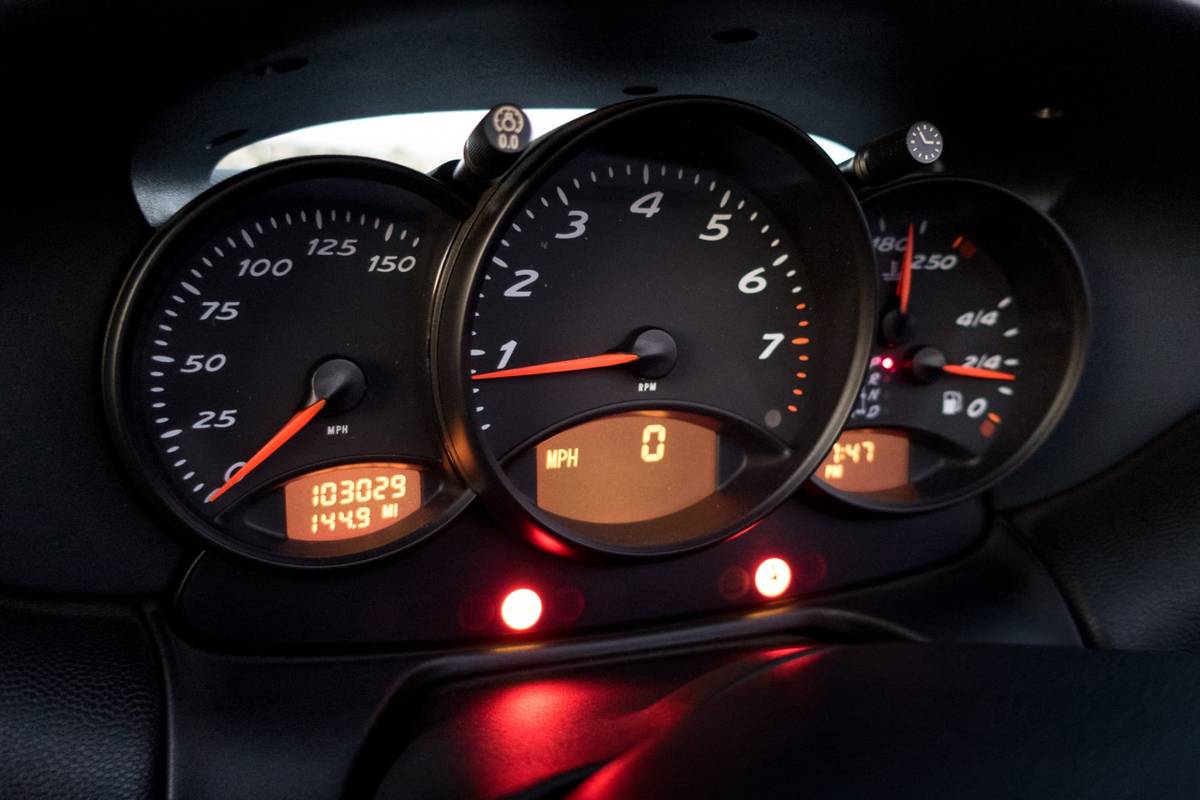
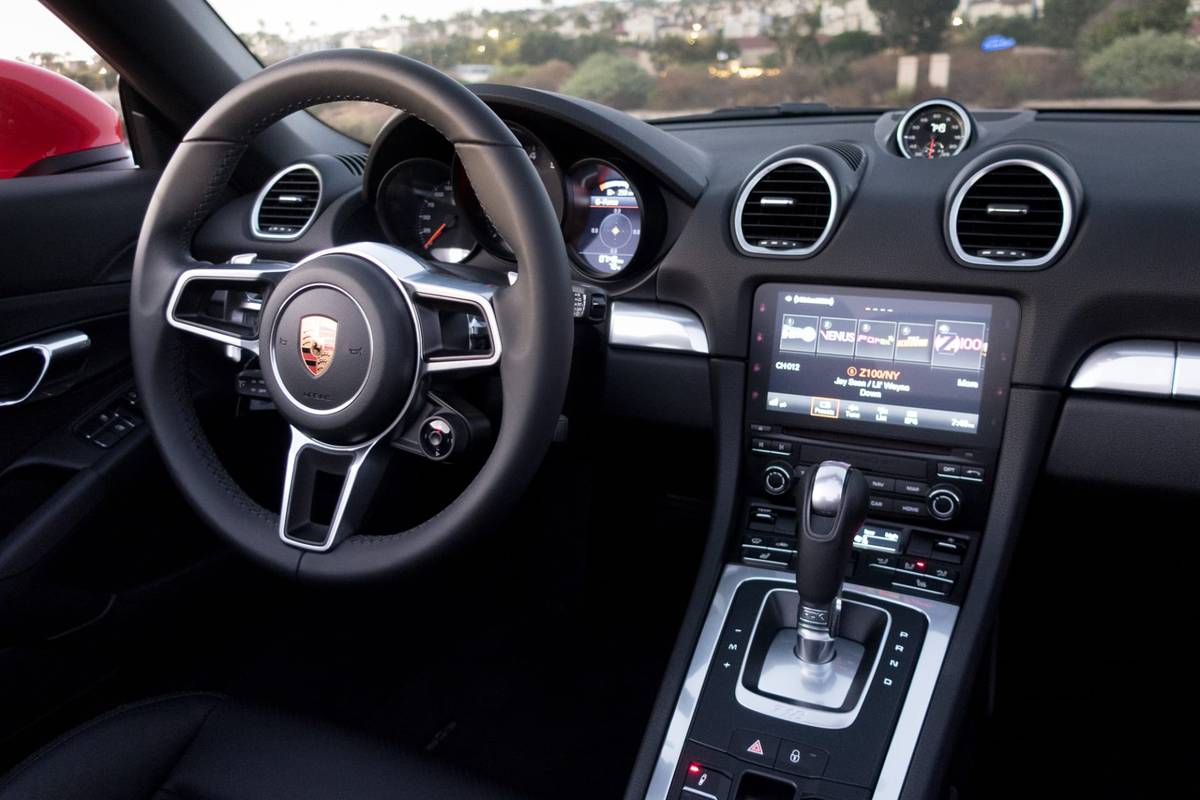
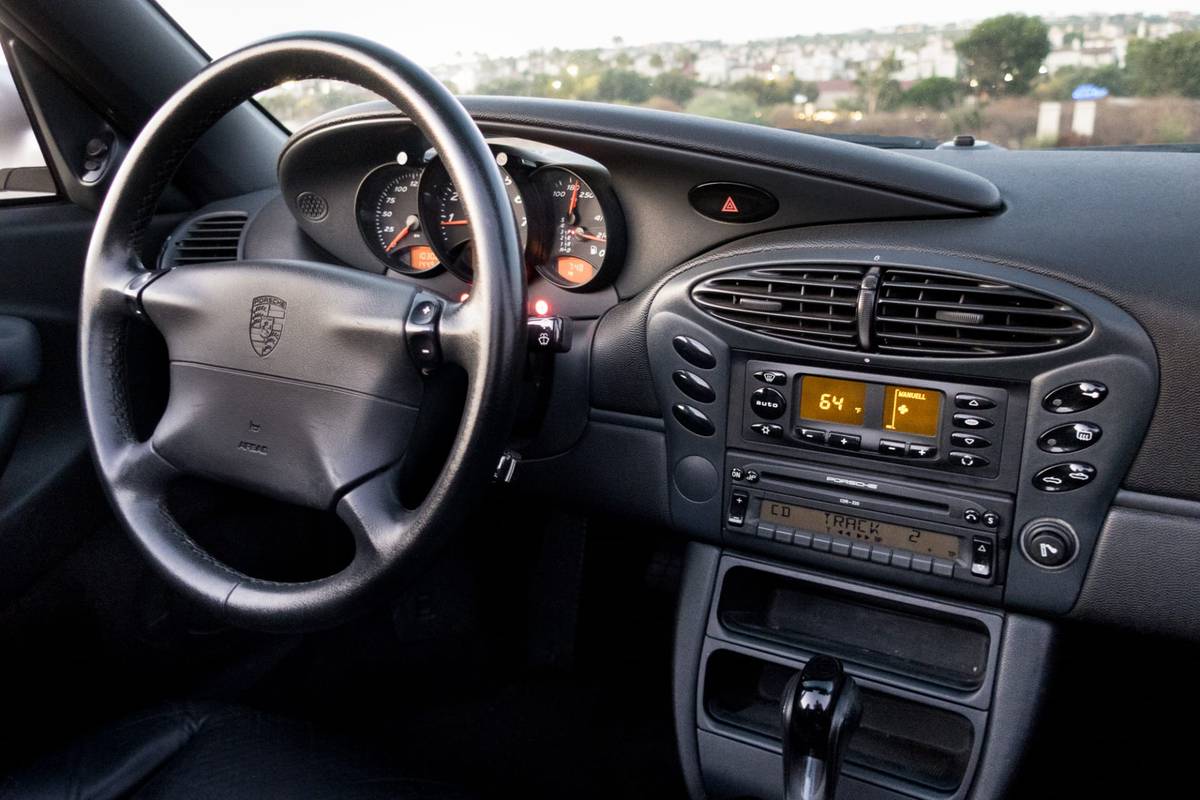













Two things haven’t really changed over 20 years: styling and dimensions. Most car models have a tendency to get bigger as they age, but not so with the Porsche Boxster. The latest model has a 2.2-inch-longer wheelbase and 2.4 more inches of overall length, but width has stayed practically the same (only a 0.8-inch difference); perhaps more importantly, the weight hasn’t jumped up drastically, either. Both test vehicles were automatics, which gave the 1997 Boxster a curb weight of 2,954 pounds, while the 2017 version weighs in at 3,010 pounds, a difference of only 66 pounds.
Looking at the two cars side by side, the lineage of the Boxster is readily apparent. Porsche keeps its cars in the same basic shape for many years, like the 911, and the same thing could be said about the new 718 Boxster. The newer car offers more angles that help to break up the curvy smoothness of the design. Which do I prefer? The more modern one, with its more aggressive side sills and larger wheels, which fill out the fenders nicely.
Power On
When we start to think about powertrains and performance technology, the two models begin to separate. This generation of Porsche Boxster was the first to ditch the flat-six engine for a forced-induction option, but anyone who’s anxious about the move to a turbocharged flat-four need not worry — it’s a great engine.
Beyond the sheer power numbers, there’s a difference in the way it delivers that power. The torque in the 1997 version is late to come on; the car actually feels somewhat sluggish from a start by modern standards, and when you drive them back to back, the low-end power coming from the 2017 model is an entirely different experience. It feels eager to put its power down at any speed and allows you to exit a corner at much higher speeds than the old car, which requires a careful conservation of momentum to feel the same sensation.
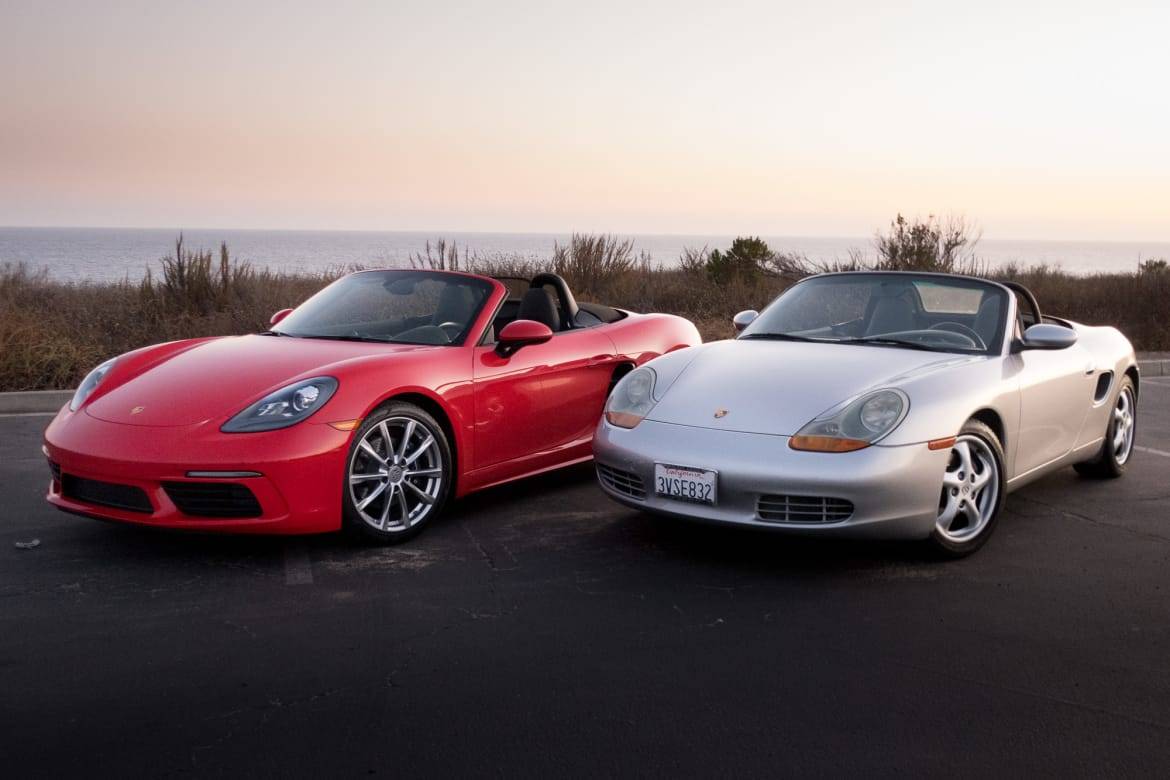
Just as stark was the difference in the two transmissions. Both Boxsters came with automatics, and one of the ways we can see how good the PDK is compared to the old automatic is to look no further than the zero-to-60-mph times for each: The 1997 Boxster made the sprint in 6.7 seconds with the manual and 7.4 seconds with the automatic. But in the 2017 718 Boxster, the PDK (4.5 seconds) is significantly faster than the manual (4.9 seconds).
The old Boxster also made a curious choice to put the gear selectors for the Tiptronic system on the thumbs of the steering wheel, where you tip them up to upshift and down to downshift. The more conventional wheel-mounted paddle shifters on the 2017 Boxster are much easier to move and manipulate.
Handling
Both Porsche Boxsters really shine in this department, even though they go about it in different ways. The 1997 Boxster has no sport modes to choose from or suspension settings to adjust, and it has mechanical power steering rather than an electric system found in modern cars. Driving the older Boxster is an analog experience — and it’s a good one, even if the car isn’t very fast by today’s standards. The steering is superb, but what sets it apart is its balance. It doesn’t ever really feel unsettled; even when braking hard into a corner, the chassis rebalances almost instantly without much rebound and glides through turns without drama.
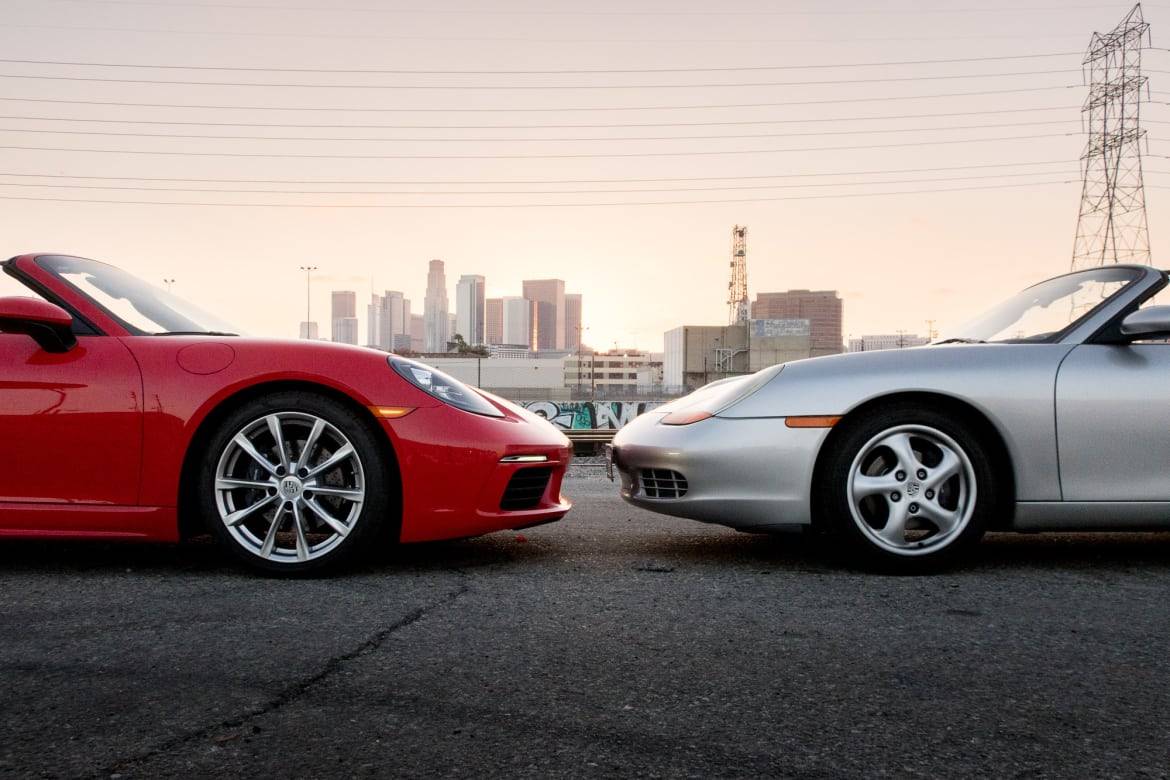
The 718 Boxster takes a very different approach. My test vehicle came equipped with Porsche Active Suspension Management, torque vectoring and the Sport Chrono Package, which adds three selectable drive modes and launch control. PASM slightly lowers the ride height but, more importantly, offers adjustable damping at each wheel. A small button in the center console pops the suspension into Sport mode (it’s also activated automatically when driving in Sport Plus), which firms things up drastically. This allows the new Boxster to be more comfortable and less busy during normal driving, and sharper when driving aggressively.
Despite its electric power steering, I still found there to be a good amount of feedback through the wheel, which is usually what these systems are missing. It was confidence-inspiring, and the new Boxster is also much sharper on turn-in. In addition, it has larger, wider tires with more grip than the old car. There is just a much higher performance ceiling in the 718 Boxster, and since it retains the balance of the old one, it still feels incredibly composed.
Remember Your Roots
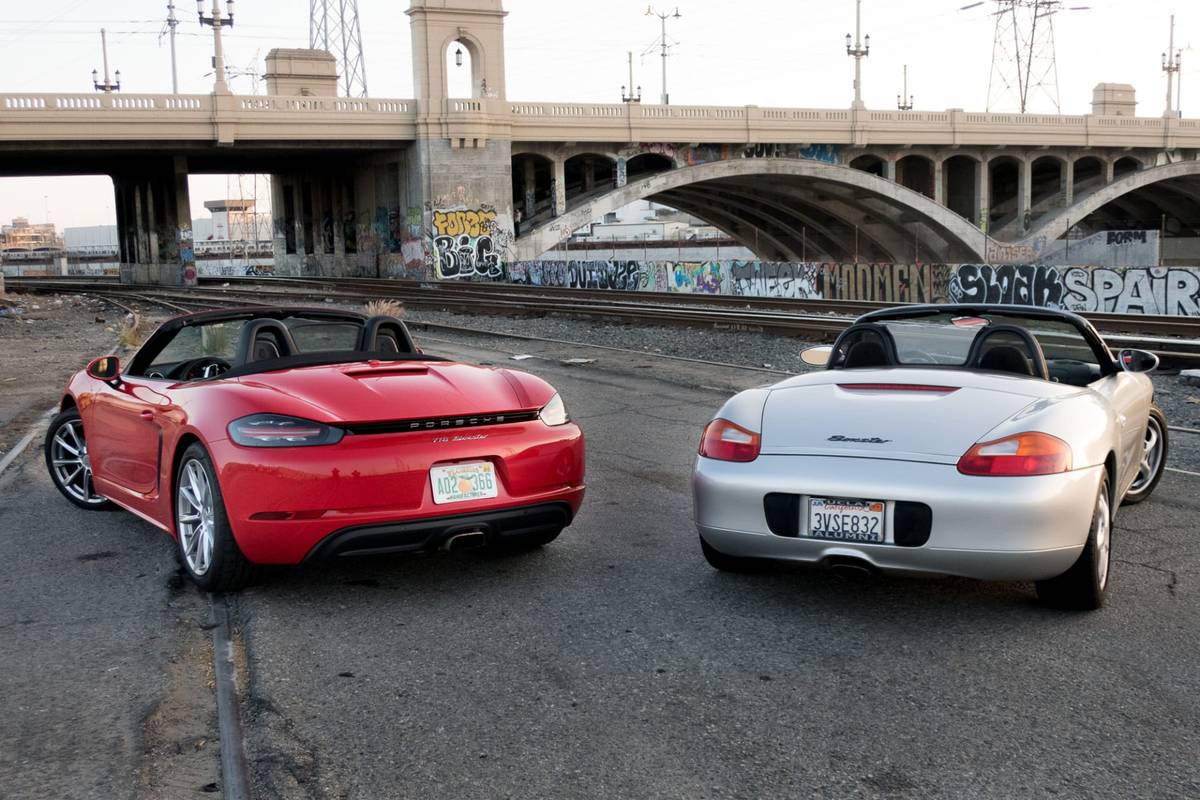
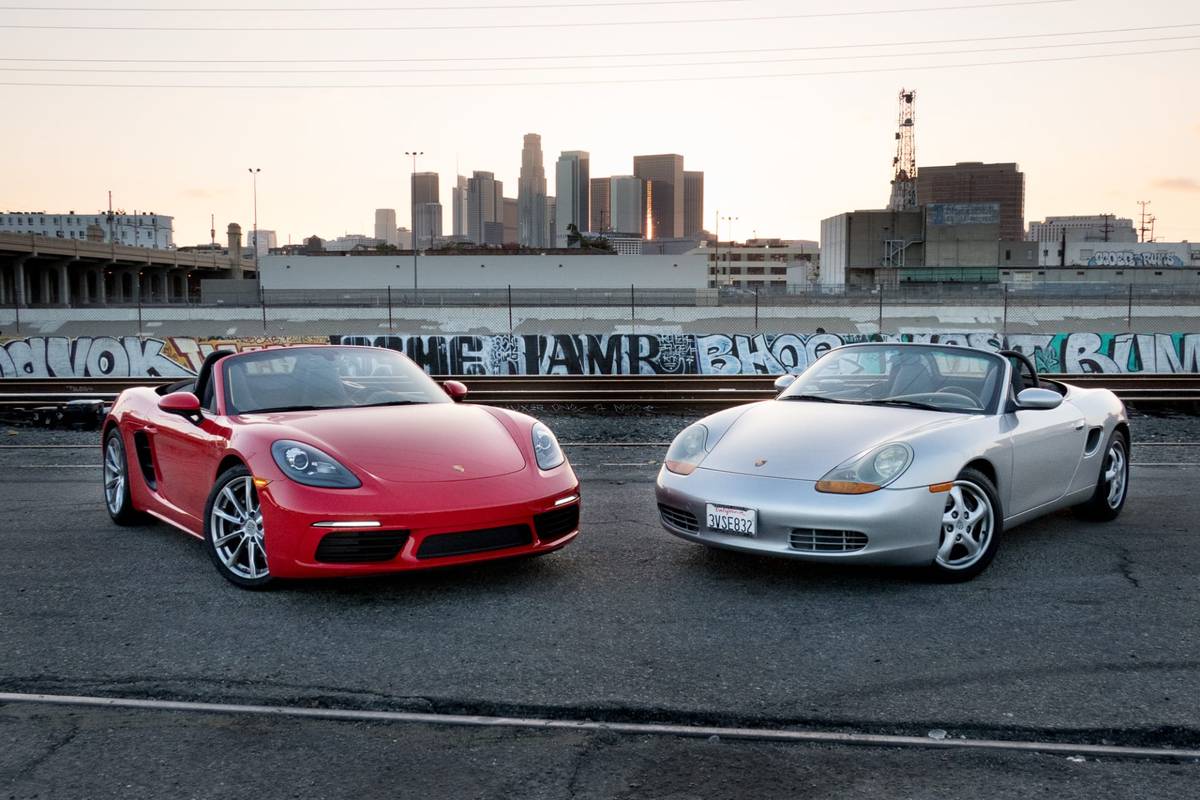
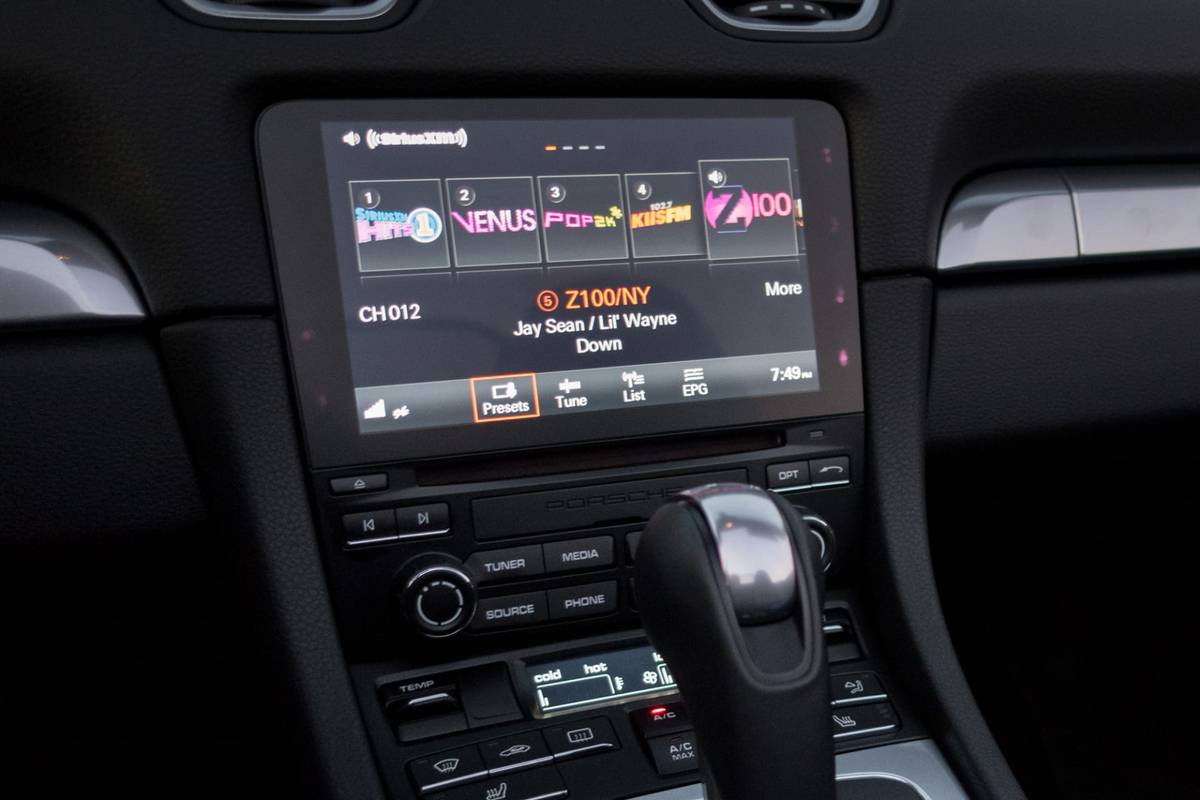
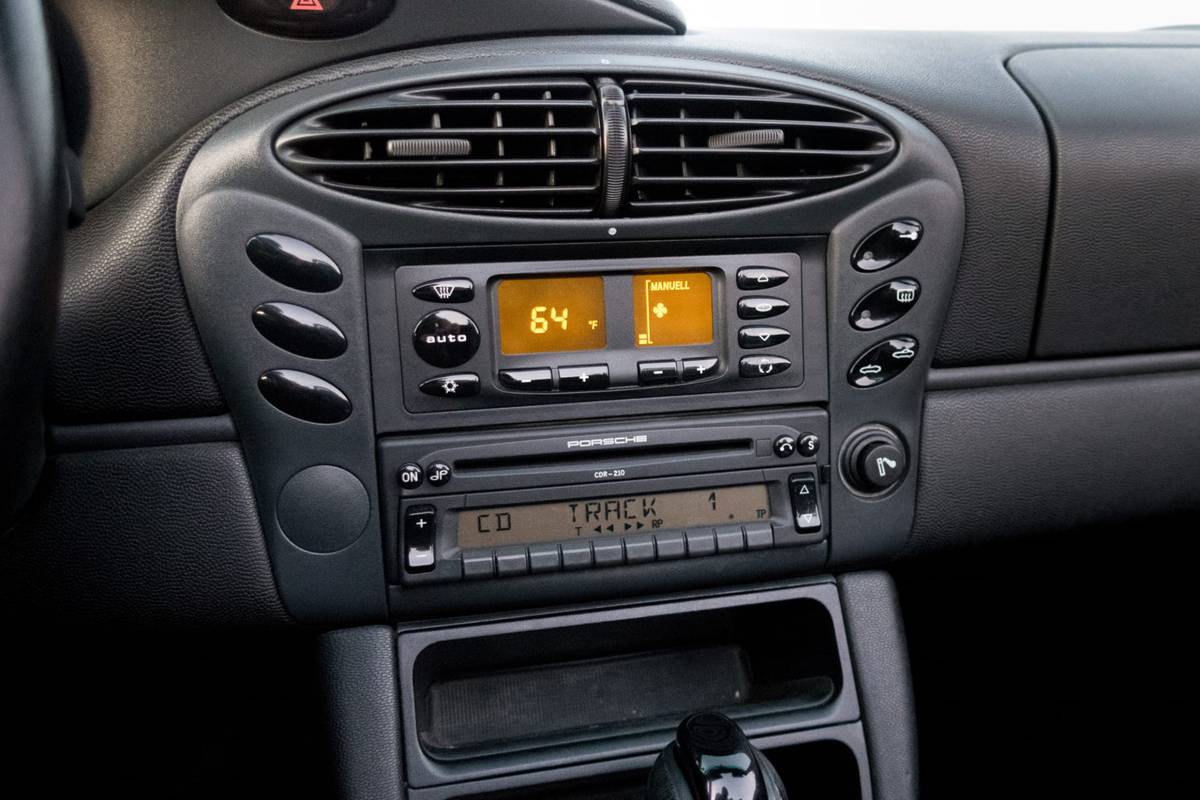
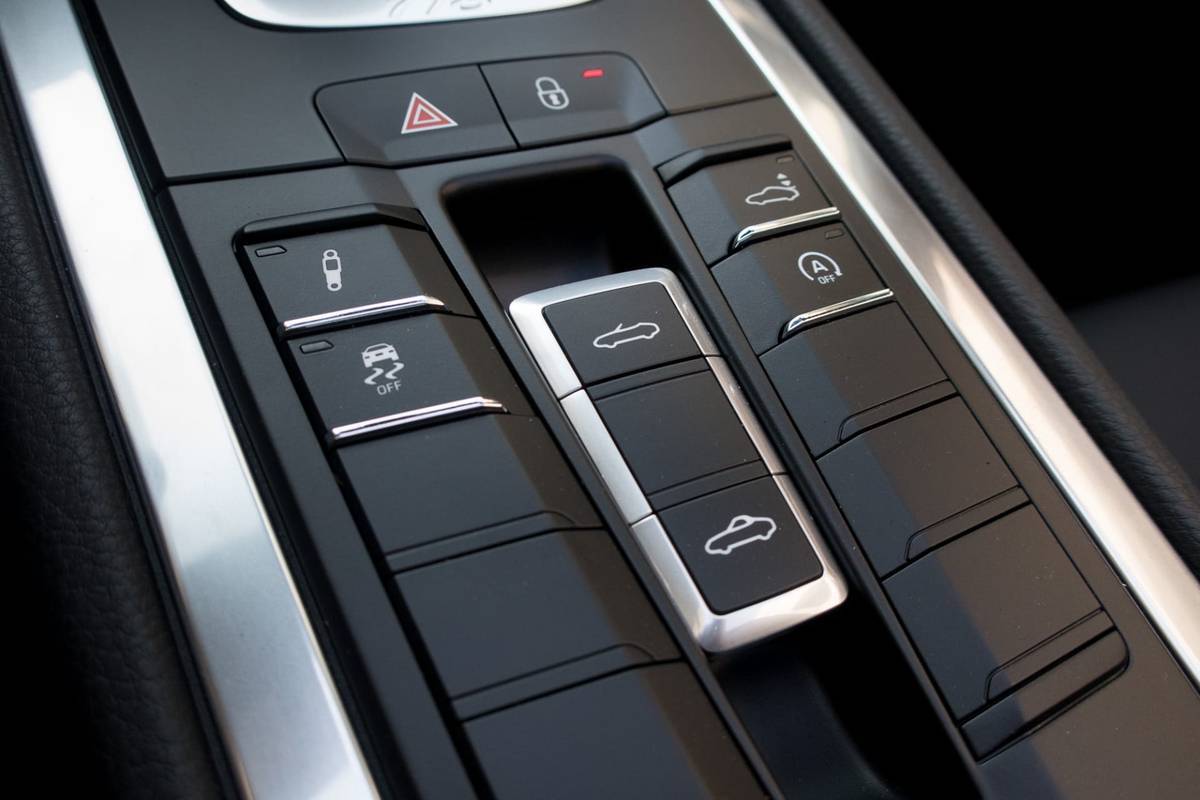
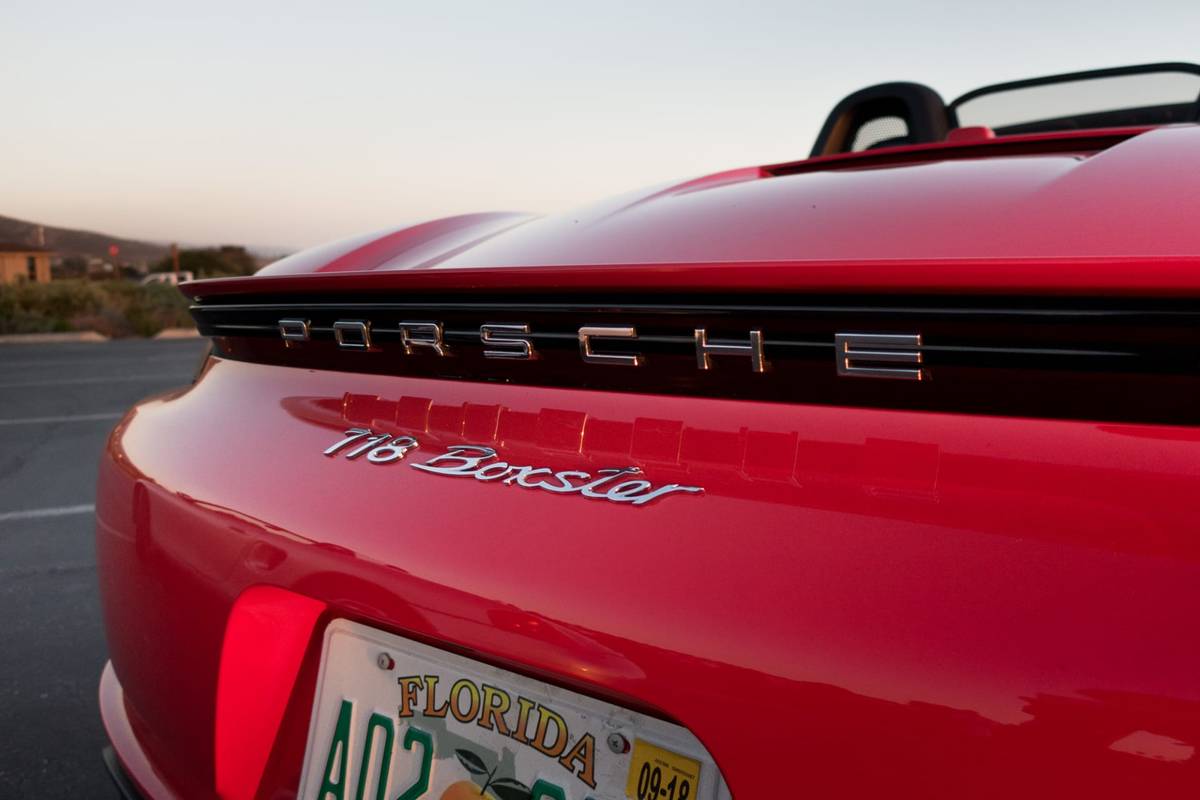








Spending the day with these cars gave me an appreciation for both. Driving the old and new in such proximity really allows you to see how much the Boxster has changed while still maintaining many of the aspects that made the original fun to drive.
The common threads between the two Porsche Boxsters are mid-engine construction, small dimensions and low curb weight — a great blueprint to start from. The Boxster’s excellent balance has carried over from the old car to the new, and even with all of that technology layered on top, that essence needed to make it through to make the new car just as impressive.

Former L.A. Bureau Chief Brian Wong is a California native with a soft spot for convertibles and free parking.
Featured stories

















